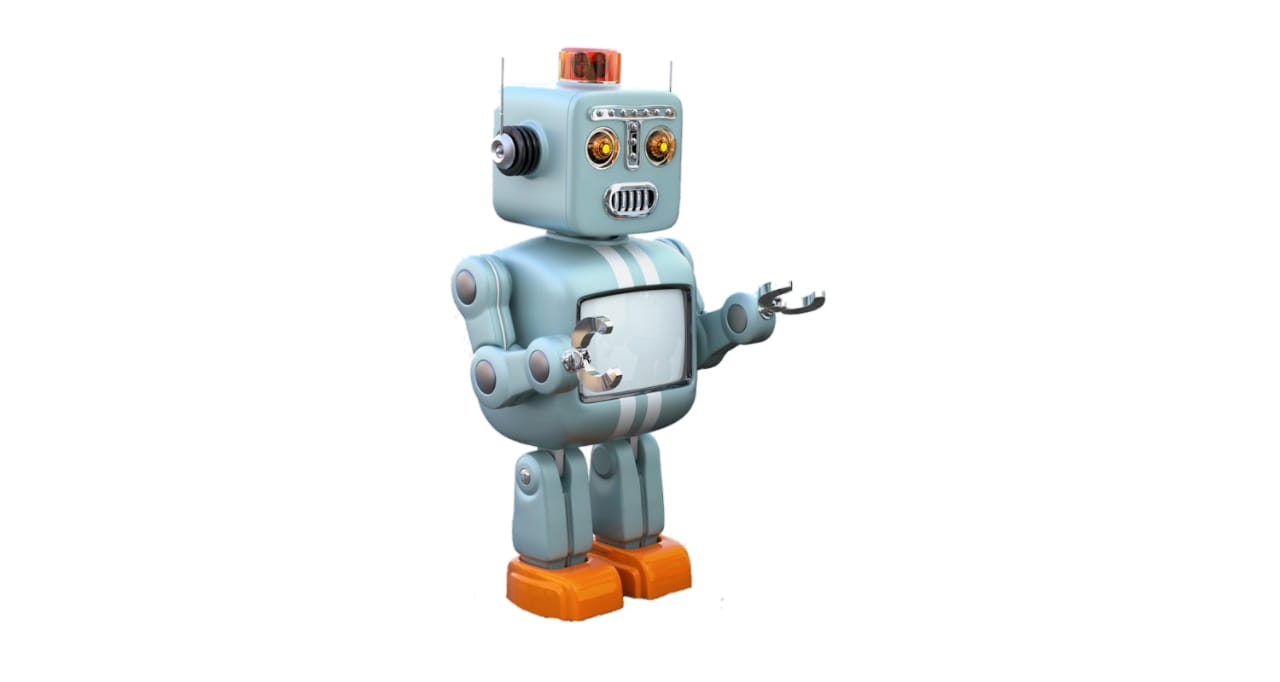Artificial Intelligence( AI) is a field of computer wisdom that focuses on creating systems able of performing tasks that generally bear mortal intelligence. From powering virtual sidekicks like Siri and Alexa to driving independent vehicles and abetting in medical judgments , AI has converted colorful diligence. At its core, the workings of AI involve a combination of algorithms, data, and computational power. Machine literacy and Algorithms One of the abecedarian pillars of AI is machine literacy. Machine literacy algorithms enable computers to learn from data and make prognostications or opinions without being explicitly programmed. These algorithms are designed to fete patterns within vast quantities of data, allowing the system to ameliorate its performance over time through experience. Supervised literacy is a common fashion where the algorithm is trained on labeled data, meaning it learns from exemplifications that are explicitly handed. For case, in image recognition, the algorithm is trained on a dataset where images are labeled with their matching objects. Through repeated exposure to these labeled exemplifications, the algorithm learns to identify patterns and make accurate prognostications when presented with new, unseen data. Unsupervised literacy, on the other hand, deals with unlabeled data. The algorithm explores the data, relating retired patterns or structures without specific guidance. Clustering algorithms, for case, group analogous data points together grounded on essential parallels. Neural Networks and Deep literacy Neural networks, inspired by the mortal brain’s structure, are a pivotal element of AI, especially in deep literacy. These networks correspond of connected bumps( or neurons) organized in layers. Each neuron takes input, processes it through an activation function, and passes it to the coming subcaste. Deep literacy involves complex neural networks with numerous layers, allowing for further sophisticated literacy and abstraction. Convolutional Neural Networks( CNNs) are current in image and videotape recognition tasks. These networks use technical layers to automatically and adaptively learn spatial scales of features, enabling them to identify complex patterns in images. intermittent Neural Networks( RNNs) are designed for successional data, similar as natural language processing or time- series data. They’ve circles that allow information to persist, enabling them to flash back former inputs and make opinions grounded on that environment. Training and Optimization Training an AI model involves feeding it data, conforming its parameters, and optimizing its performance. During training, the model learns to minimize the difference between its prognostications and the factual issues. This process involves iterative adaptations of the model’s parameters, frequently guided by a loss function that measures the model’s performance. Optimization ways like grade descent update the model’s parameters by iteratively moving them in the direction that minimizes the loss function. This iterative process continues until the model reaches an respectable position of delicacy or performance. Deployment and Application Once a model is trained and optimized, it can be stationed to perform specific tasks. For illustration, a speech recognition model trained on vast quantities of audio data can be used in virtual sidekicks to understand and respond to spoken commands. AI operations gauge colorful fields, including healthcare, finance, automotive, and more. In healthcare, AI models dissect medical images, help in judgments , and prognosticate complaint issues. In finance, AI algorithms help in fraud discovery, algorithmic trading, and threat assessment. Ethical Considerations and Challenges AI also raises ethical considerations, similar as bias in data or algorithms, sequestration enterprises related to vast data collection, and the implicit impact on the job request as robotization becomes more current. As AI continues to advance, ongoing exploration and development concentrate on making AI systems more interpretable, robust, and ethical. In substance, AI operates through the integration of algorithms, data, and computational power, enabling machines to pretend mortal- suchlike intelligence. Its elaboration continues to shape the way we interact with technology and the world around us.



